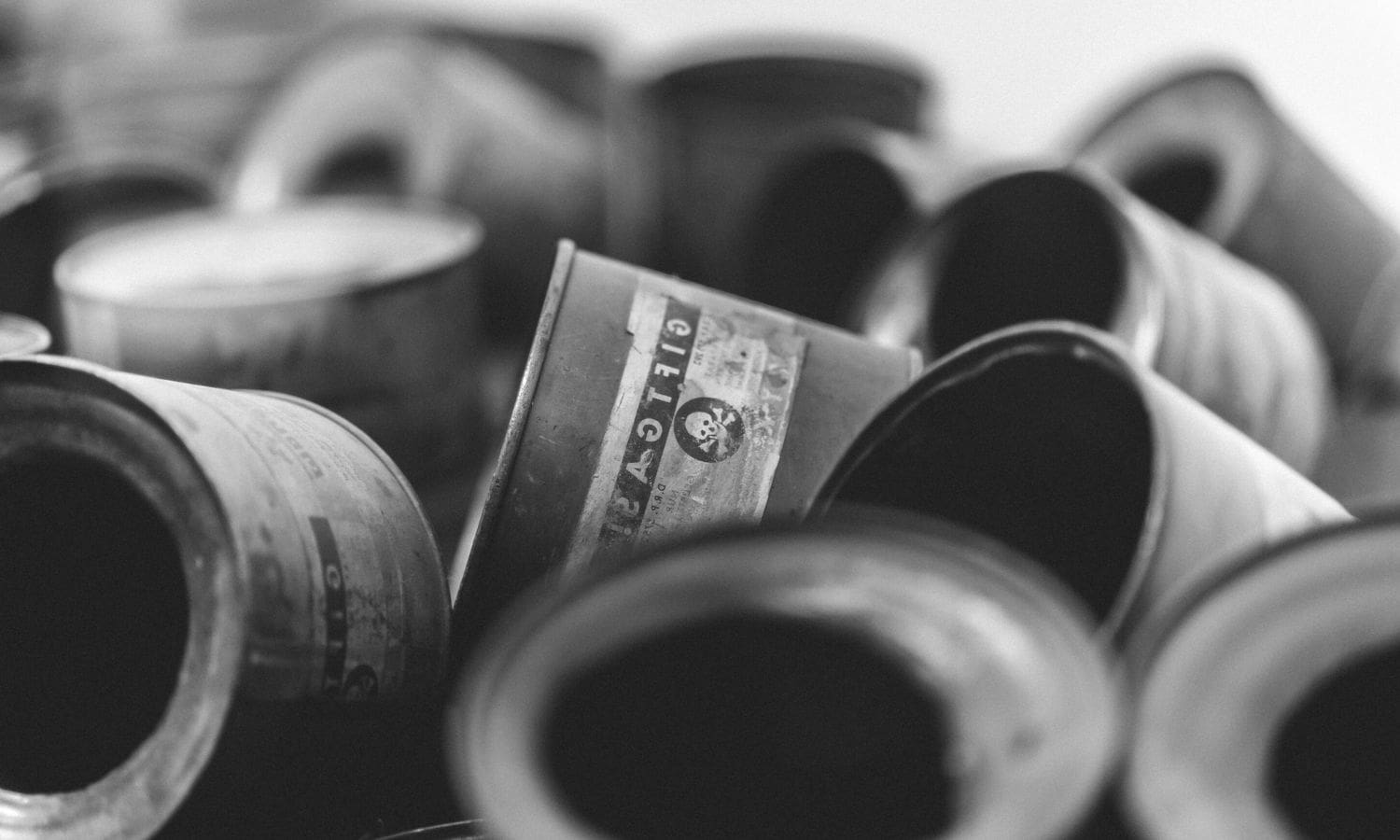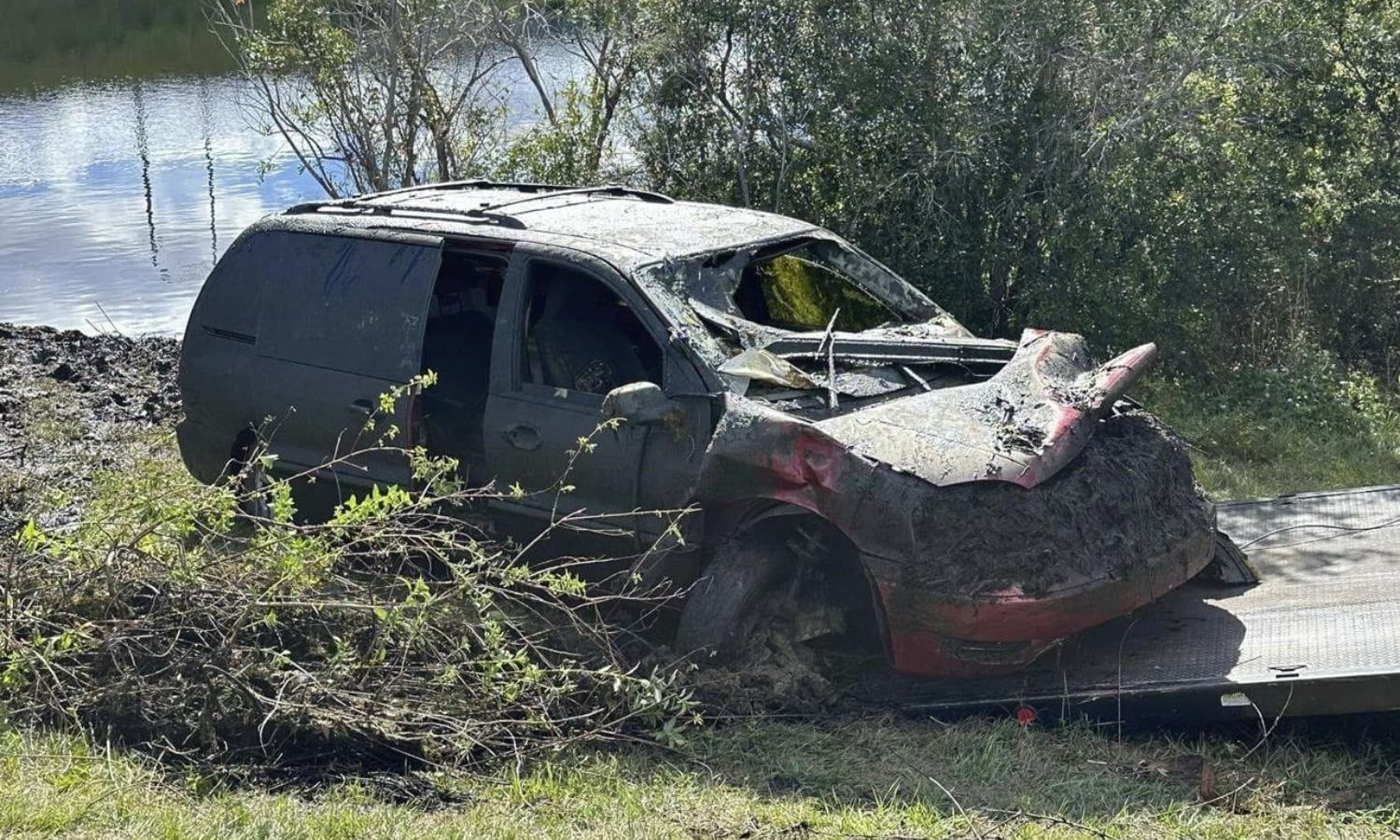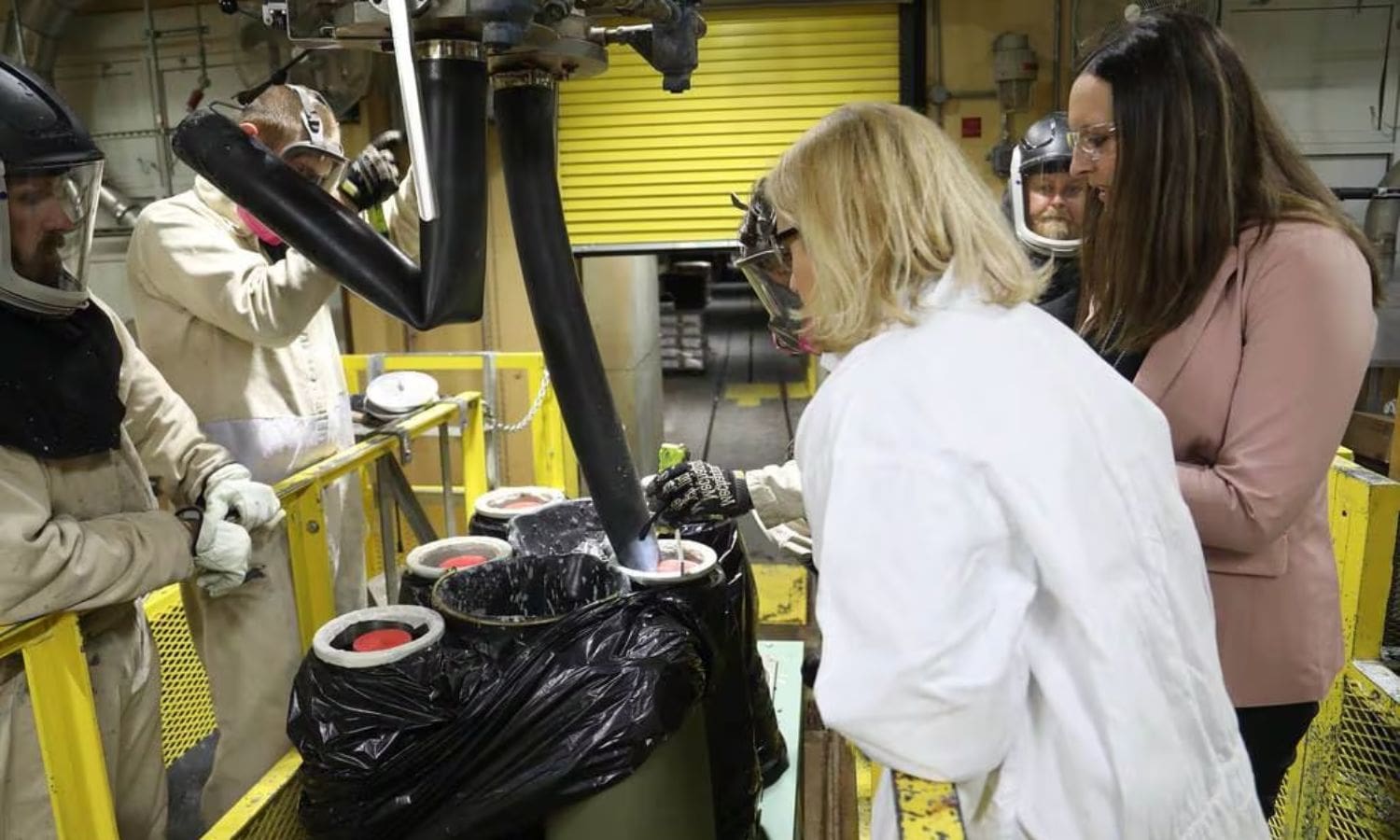WWII Munitions Underwater Survey: The discovery of World War II munitions underwater during a survey of a Southern California industrial waste dump site by researchers from the Scripps Institution has shed light on historical waste disposal practices in the region.
This groundbreaking survey has uncovered a range of munitions, including anti-submarine weapons and smoke devices, dating back to the 1940s.
The identification, potential risks, and the Navy’s response, we aim to address the environmental concerns associated with these findings and explore future measures to mitigate their impact.
Key Takeaways Of WWII Munitions Underwater Survey
- Dump sites off the coast of Los Angeles have a history dating back to the 1930s, with industrial and chemical waste routinely dumped into the ocean.
- The Scripps Institution of Oceanography conducted a survey of underwater dump sites and discovered munitions from World War II, providing valuable insight into historical waste disposal practices.
- The identification of munitions, including anti-submarine weapons and smoke devices, contributes to understanding wartime activities in the region.
- The presence of WWII munitions poses potential risks and environmental concerns due to hazardous substances, deteriorating munitions, and the proximity to human populations. The Navy is taking prompt action to address the situation and develop a risk management plan.
Underwater Dump Sites in LA: Historical Waste Disposal and Munitions
We will now explore the historical waste disposal and presence of munitions in the underwater dump sites off the coast of Los Angeles. These dump sites have a rich history dating back to the 1930s, when industrial and chemical waste was routinely dumped into the ocean. During this time, there were no regulations or restrictions on waste disposal, leading to significant environmental contamination.
This practice continued well into the 1970s, until stricter regulations were implemented. Alongside the industrial waste, there is also evidence of munitions from World War II in these underwater dump sites. These munitions were likely discarded after the war ended, adding another layer of complexity to the environmental impact of these sites.
Understanding the historical waste disposal and the presence of munitions is crucial for assessing the potential risks and developing effective strategies for cleanup and remediation.
Scripps Institution’s Survey: Revealing Munitions Dating Back to WWII
The Scripps Institution of Oceanography conducted a survey revealing munitions dating back to WWII in the underwater dump sites off the coast of Los Angeles. Using high-definition video and uncrewed vehicles, the researchers were able to explore the depths and uncover a significant number of munitions from the Second World War.
This discovery sheds light on the historical waste disposal practices of that time period and provides valuable insight into the environmental impact of such activities. The survey not only highlights the presence of munitions, but also captures detailed images and data that will aid in further research and analysis.
Identification of Munitions: Anti-Submarine Weapons and Smoke Devices
Continuing from the previous subtopic, the underwater survey conducted by the Scripps Institution of Oceanography has identified a range of munitions from WWII, including anti-submarine weapons and smoke devices, in the Southern California industrial waste dump site.
These findings provide valuable insights into the historical use of military munitions and pyrotechnics in the region during World War II. The identification of anti-submarine weapons, such as depth charges, is particularly significant as it highlights the strategic importance of protecting coastal waters from enemy submarines. These weapons were designed to be dropped from ships or aircraft and detonate at specific depths, effectively neutralizing enemy submarines.
Additionally, the discovery of smoke devices sheds light on the tactics employed during the war, as these devices were used to obscure the visibility of enemy vessels, providing cover for friendly forces.
The identification of these munitions adds to our understanding of the wartime activities that took place in Southern California and the lasting impact on the marine environment.
Also Read: Sacramento Agricultural Disaster Pass Program for Livestock Care
Potential Risks and Environmental Concerns
In light of the identification of WWII munitions in the Southern California industrial waste dump site, attention must now turn to the potential risks and environmental concerns associated with these underwater findings.
The presence of these munitions raises several alarming issues. Firstly, the munitions may contain hazardous substances such as explosives, heavy metals, and toxic chemicals, which could pose a significant risk to marine life and ecosystems. The deterioration of these munitions over time may release these harmful substances into the surrounding water, leading to contamination and potential long-term ecological damage.
Additionally, there is a risk of accidental detonation or leakage, which could lead to immediate harm to aquatic organisms and disruption of the marine environment. Furthermore, the proximity of the dump site to human populations raises concerns about potential impacts on human health, particularly through the consumption of contaminated seafood.
It is imperative that comprehensive risk assessments and mitigation strategies are implemented to address these potential hazards and protect both the environment and public health.
Navy’s Response and Future Measures
To address the presence of WWII munitions in the Southern California industrial waste dump site, the Navy has promptly initiated comprehensive measures to assess and mitigate potential risks.
The Navy’s response to this issue includes the following measures:
- Conducting a thorough survey of the underwater dump site to identify the extent of the munitions and assess the potential risks they pose to the environment and public safety.
- Collaborating with environmental experts and scientists to develop a risk management plan that will guide the safe removal and disposal of the munitions.
- Implementing advanced technology and equipment to detect and monitor any changes in the munitions’ condition, ensuring timely response to any potential threats.
- Establishing a communication network to keep the public informed about the ongoing efforts to mitigate the risks associated with the underwater dump site.
These measures demonstrate the Navy’s commitment to addressing the issue responsibly and safeguarding the environment and public health.
Conclusion Of WWII Munitions Underwater Survey
The recent survey conducted by the Scripps Institution in Southern California has shed light on the presence of munitions dating back to World War II in underwater dump sites.
The identification of anti-submarine weapons and smoke devices raises concerns about potential risks and environmental impact.
It is crucial for the Navy to respond to this discovery and take appropriate measures to ensure the safety of the surrounding marine ecosystem and the public.




